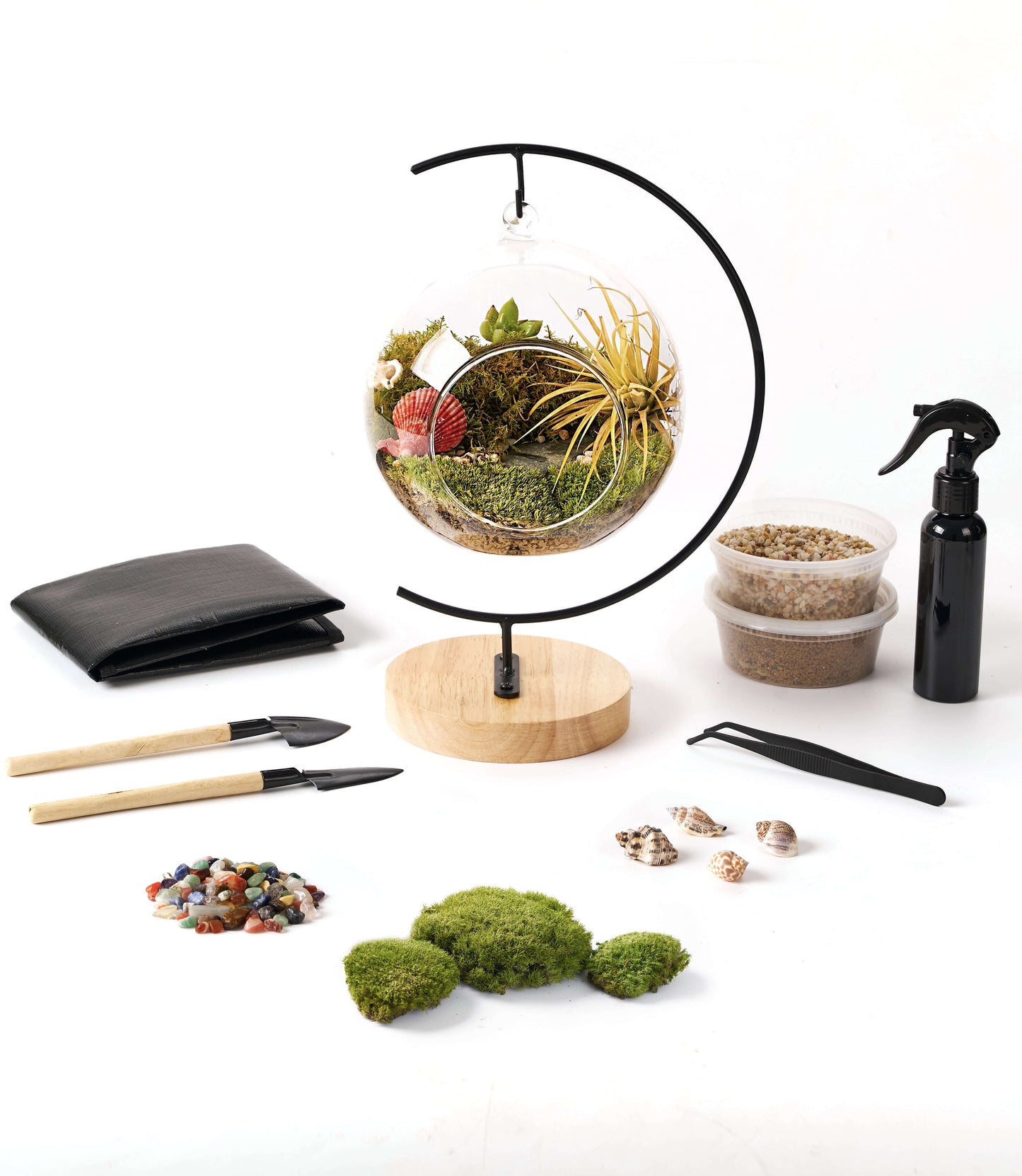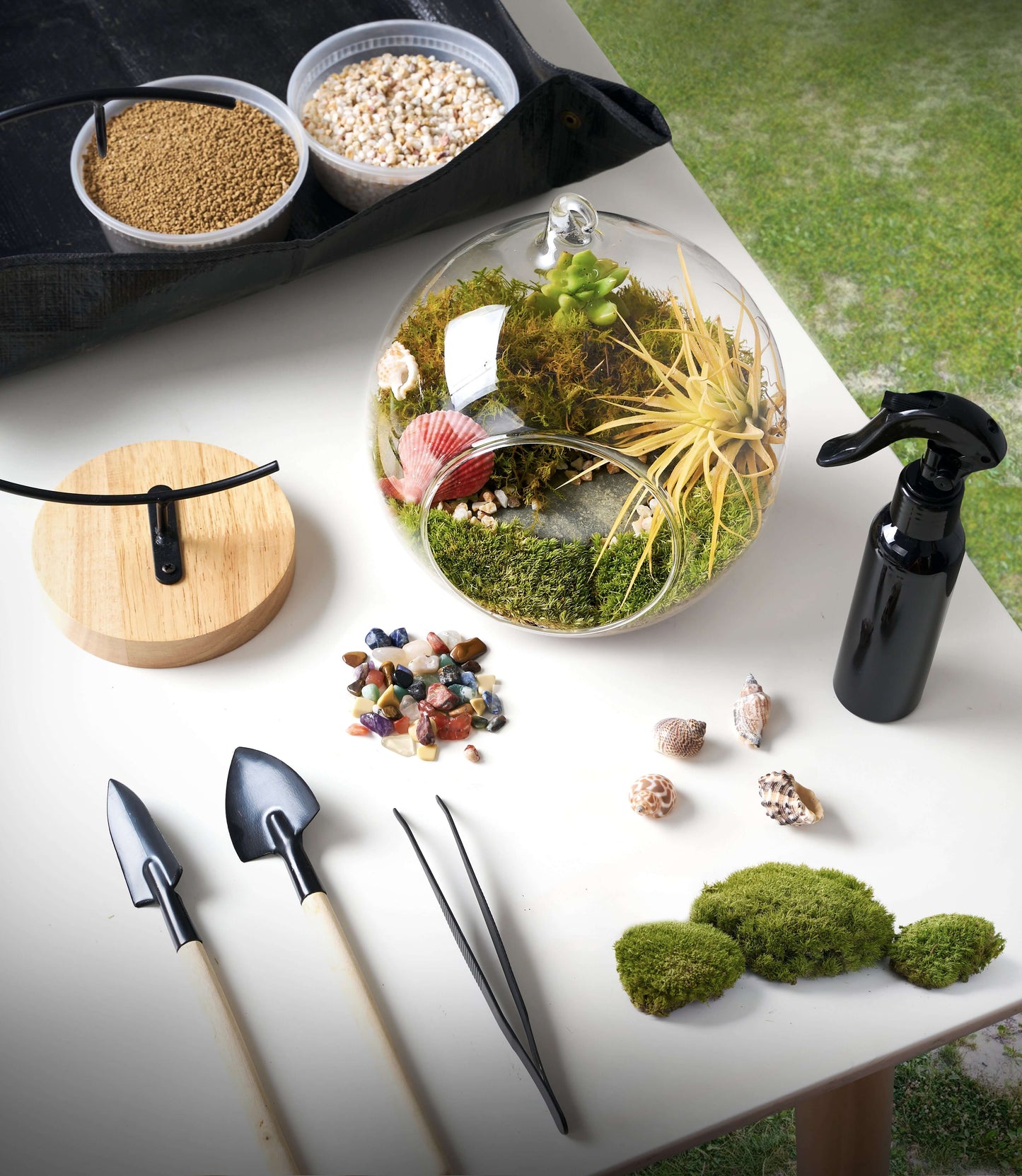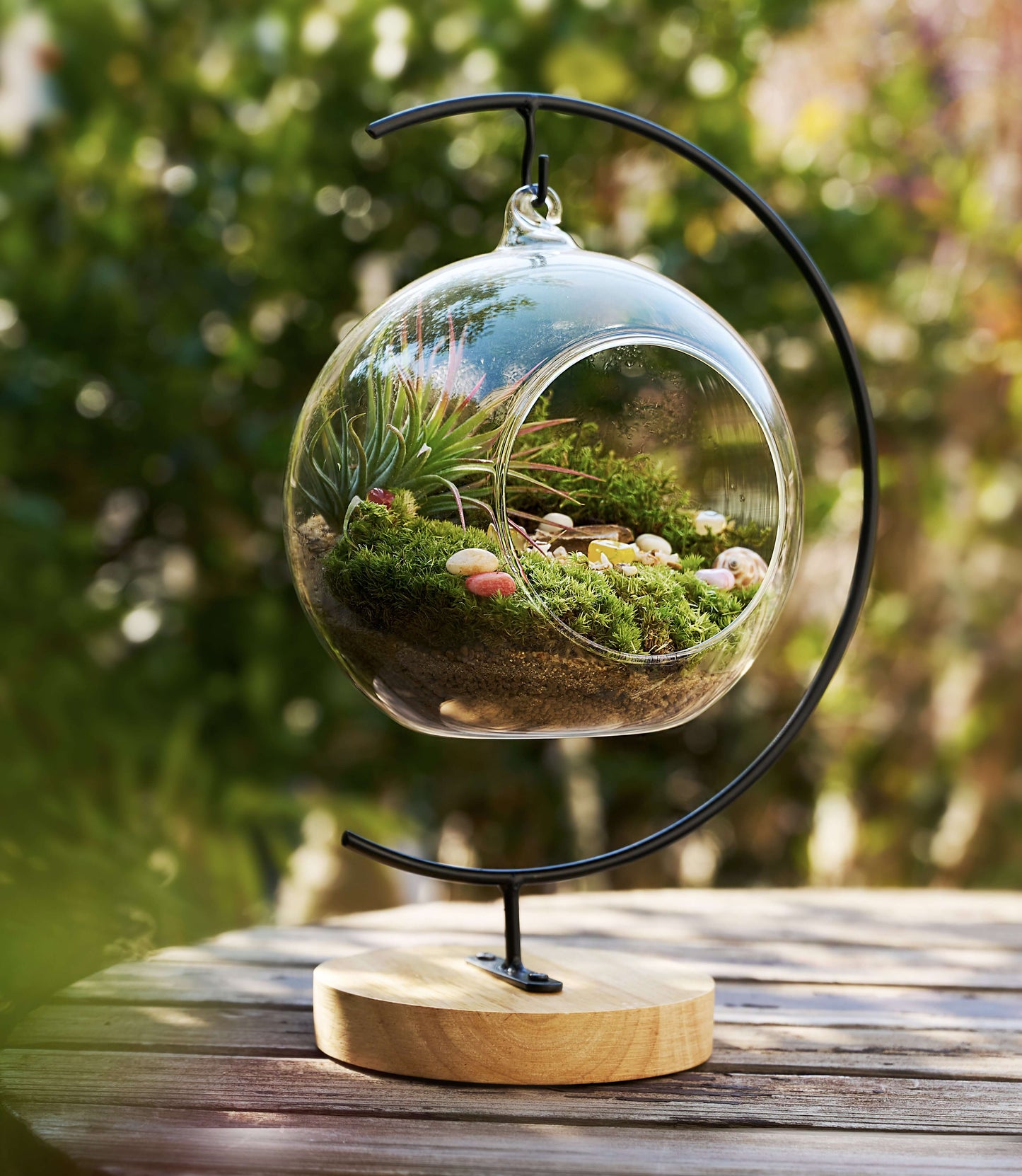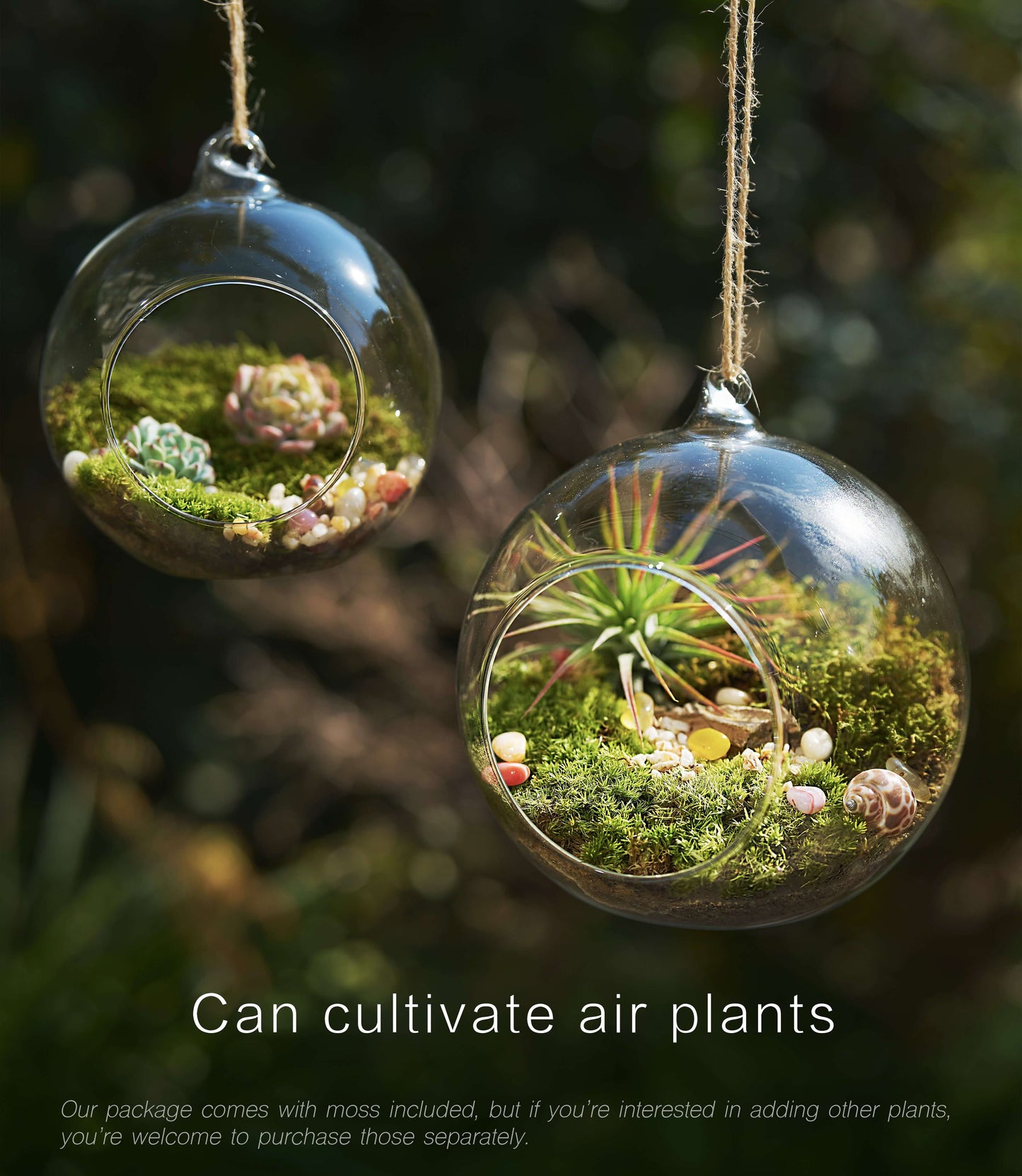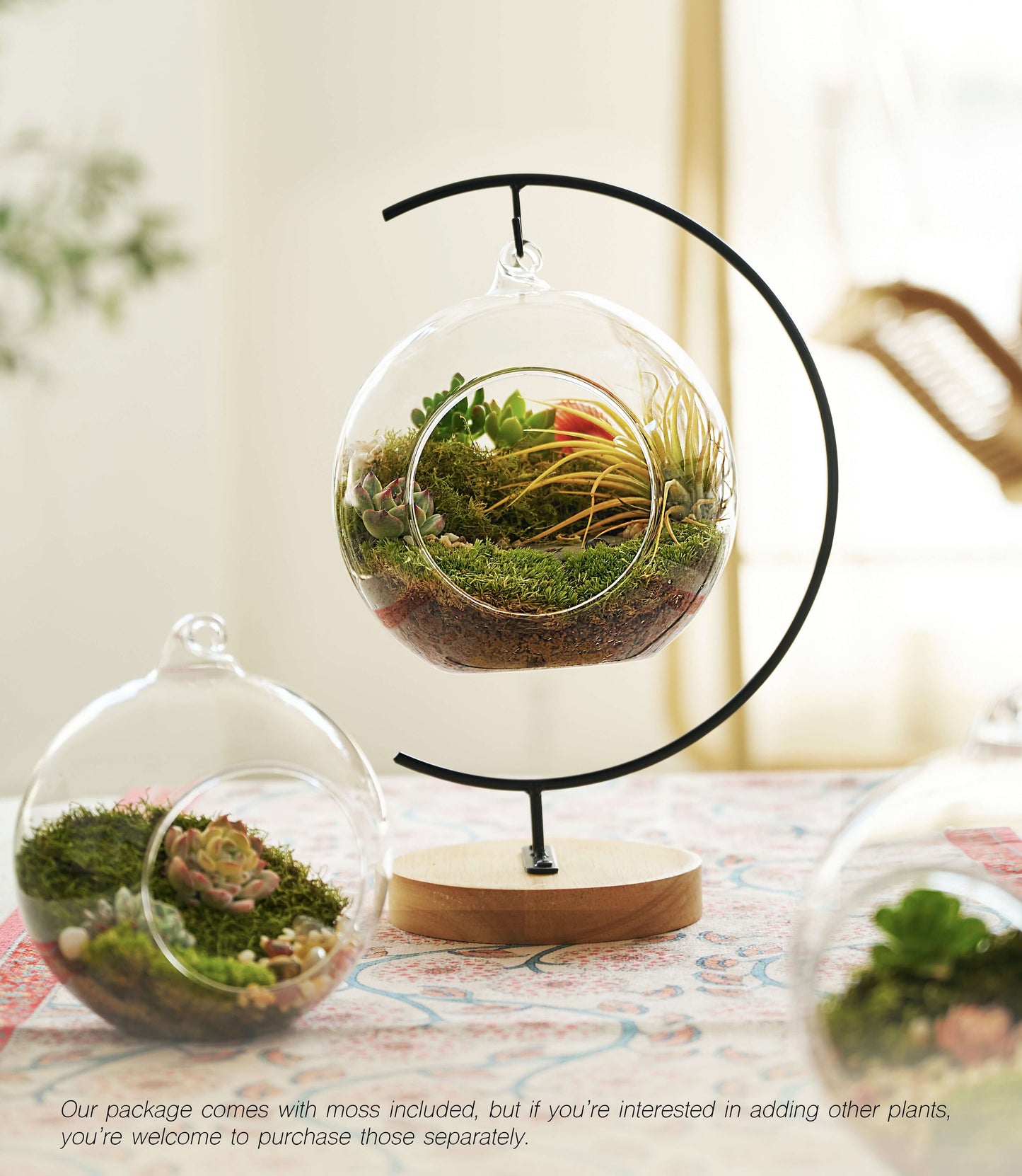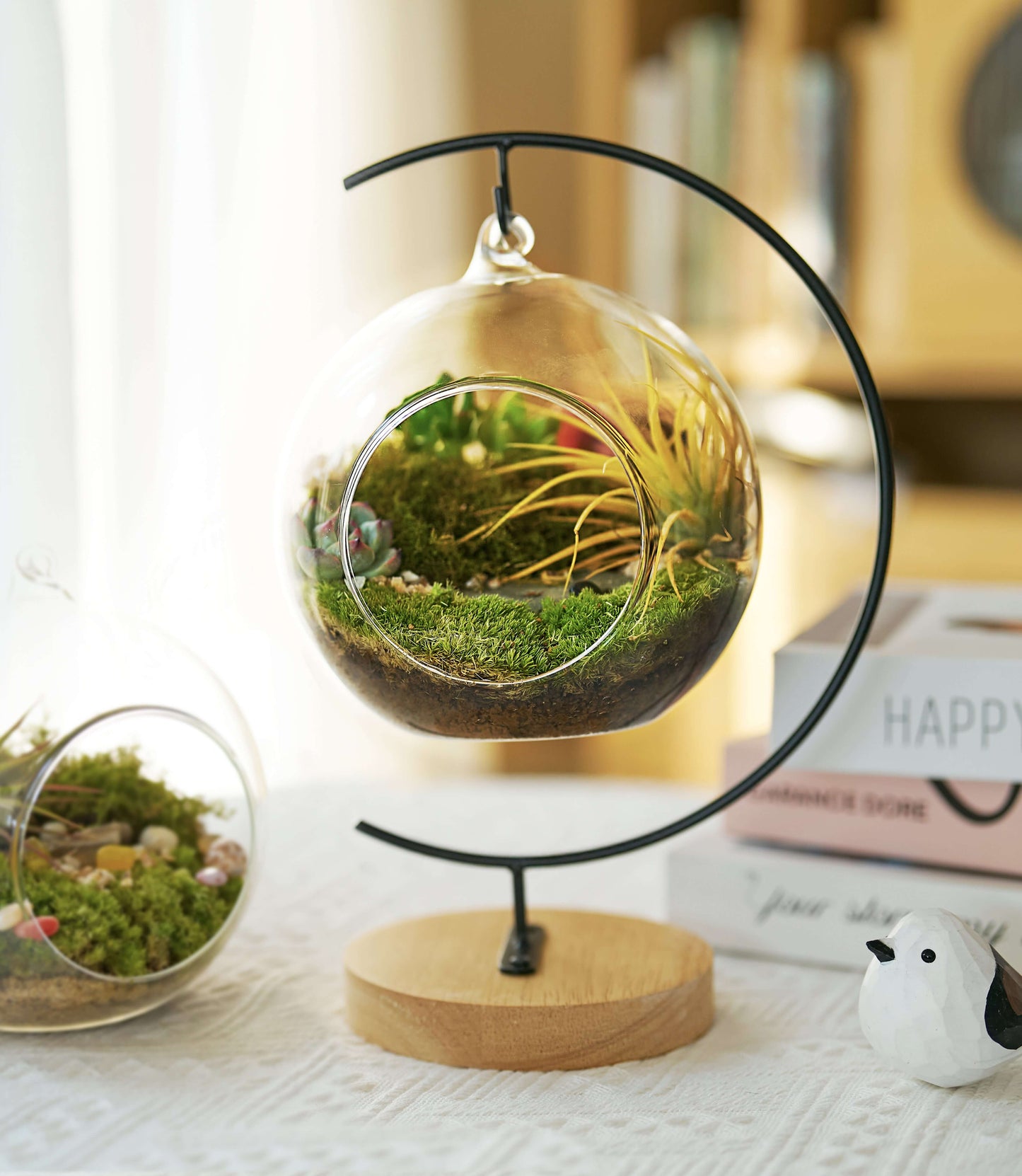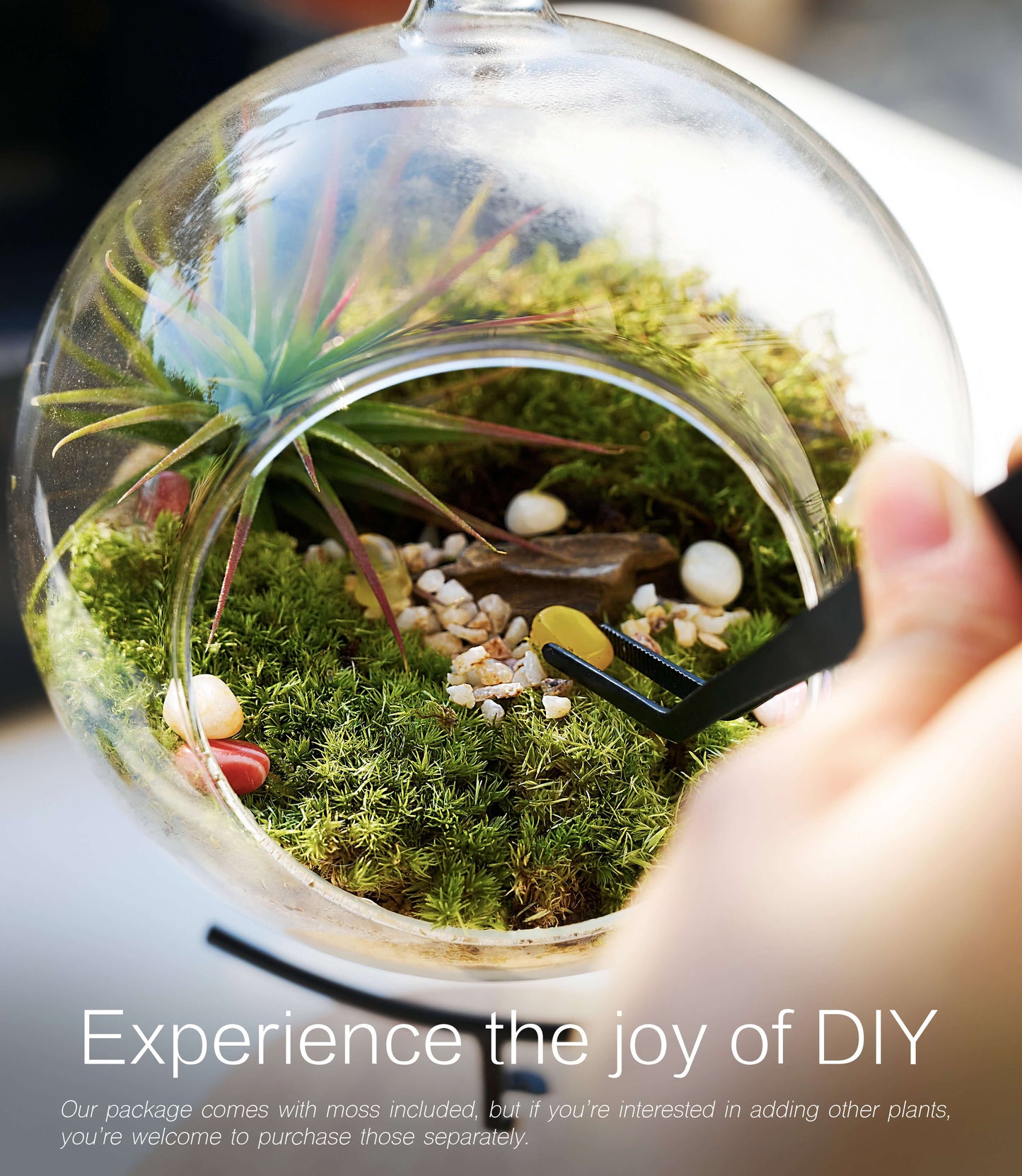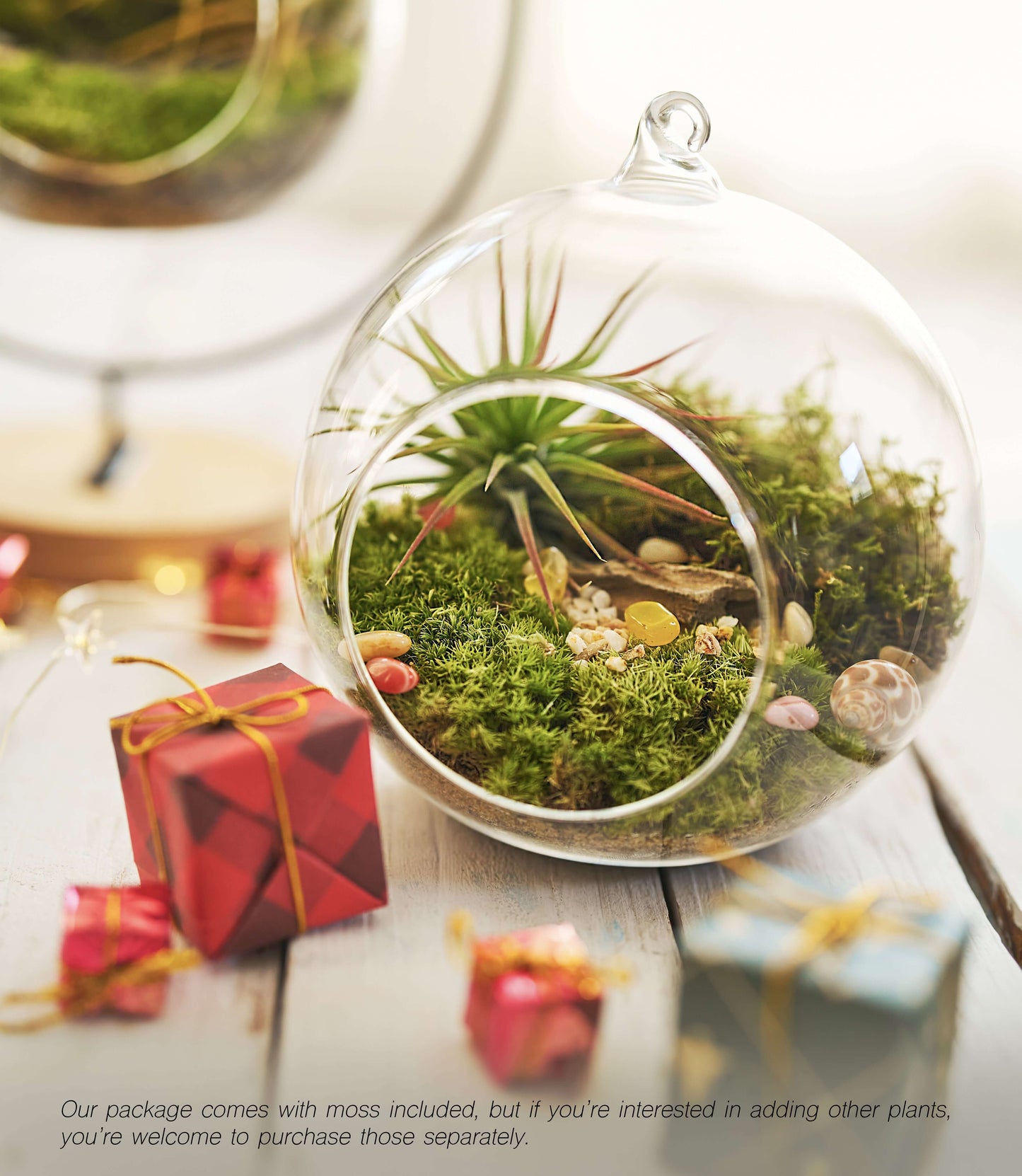Live Moss Care Guide – Pest and Disease Identification and Treatment (Q41–Q60)
Pest and Disease Identification and Treatment
What are those white hairs on moss? What if your moss is infested with bugs? How can you prevent mold from spreading? In this section, you'll learn about the real problems with mold in moss, what to do if these "uninvited guests" appear, and how to address "unhealthy" moss colors to ensure your moss remains safe and healthy.
Q41 | What should I do if my moss is moldy?
A: Increase ventilation. After lightly scraping off the surface mold, sprinkle a small amount of activated charcoal or spray with diluted cinnamon water for natural antibacterial treatment. If the mold is severe, it is recommended to replace the substrate.
Q42 | What should I do if small flies appear on the moss surface?
A: Use yellow sticky insect traps to trap them, or spray with plant soap solution (1:1000 dilution) to repel them. Avoid using pesticides, especially in closed systems.
Q43 | Does my moss have black spots or rot?
A: This is usually caused by water accumulation or poor ventilation. Stop spraying immediately, air dry, trim off the rotten areas, and replace part of the substrate.
Q44 | What should I do if my moss doesn't produce new shoots for a long time?
A: This may be due to lack of light, poor substrate nutrition, or unstable temperature and humidity. Supplement light, change the soil, or spray with diluted low-nitrogen liquid fertilizer (1:2000).
Q45 | Are the leaves of the moss yellowing and falling off?
A: Excessive light, dryness, or fertilizer damage are often the main causes. Reduce light intensity, adjust humidity, and avoid over-fertilizing.
Q46 | Is the moss white and showing crystals on its surface?
A: This is usually caused by high mineral content in the water. We recommend spraying with purified water or rainwater and cleaning any crystal deposits.
Q47 | Is mold growing on the moss?
A: This is white mold or gray mold, which often occurs in enclosed, humid, and poorly ventilated environments. Open the cover to ventilate, reduce humidity, and apply powdered activated charcoal.
Q48 | Are there filamentous grayish-white hyphae on the moss?
A: This could be a symbiotic mold or a fungal infection. Reduce watering, increase light and ventilation, and consider partial removal in severe cases.
Q49 | What should I do if my moss is damaged by insects?
A: Common insect pests include aphids, springtails, and white moths. Rinse the leaves with warm water and spray with plant soap or tobacco extract.
Q50|Can moss prevent diseases?
A: Maintaining moderate humidity, good air circulation, and avoiding waterlogging are the most effective disease prevention strategies. Weekly inspections are recommended.
Q51|Is the moss base black?
A: This is often caused by waterlogging and stuffiness in the substrate. Replace the loose substrate and reduce watering frequency.
Q52|Are there snails or insects on the moss?
A: We recommend removing them manually and sprinkling a small amount of crushed eggshells or peat ash on the surface to prevent recurrence.
Q53|What should I do if dust accumulates on the moss?
A: Gently brush with a soft brush or rinse with a spray. Regular maintenance and cleaning can prevent the accumulation of pathogens.
Q54|Does moss require fertilizer?
A: Generally, no fertilizer is required. If growth is slow, a small amount of very diluted liquid fertilizer (such as a 1:2000 low-nitrogen fertilizer) can be sprayed no more than once a month.
Q55|Does moss cause allergies?
A very small number of individuals are sensitive to moisture or mold. If you experience any discomfort, avoid touching damp moss. Wearing gloves is recommended.
Q56 | Does moss attract mosquitoes?
A: Excessive humidity may encourage breeding. Ensure there is no stagnant water and maintain ventilation and daylight cycles.
Q57 | Does moss clean the air?
A: Moss absorbs dust and moisture from the air, providing a certain air purification effect, but it cannot replace professional air purification equipment.
Q58 | Can moss be treated with germicidal lamps?
A: Not recommended. UV germicidal lamps may damage moss's cell structure. Physical ventilation and natural methods should be used to prevent mold.
Q59 | Can moss be left completely unventilated?
A: No. Even airtight eco-bottles should be opened and ventilated 1–2 times a week to prevent mold accumulation.
Q60 | Can moss be restored after rotting?
A: If the rotting area is small, remove the rotting tissue and retain the healthy section for re-cultivation. If the rotting area is large, it is recommended to discard and replace it.
Collections
-

Buy Live Sheet Moss – Fresh Moss for Terrariums, Orchids & Home Decor
Bring nature into your home with our fresh Live Sheet Moss. Perfect...
-

Buy Live Cushion Moss – Natural Dome Moss for Terrariums, Bonsai & Indoor Décor
Bring a lush, soft green touch to your projects with Live Cushion...
-

Buy Live Fern Moss – Lush Green Moss for Terrariums, Vivariums & Natural Décor
Fern Moss is a vibrant, feathery-textured moss that adds softness and a...
ICRAFT
15-Piece Terrarium Kit with Live Moss – DIY Glass Globe Set with Tools, Soil, Stones & Spray Bottle – Indoor Mini Garden Gift for Plant Lovers, Home Decor & Zen Craft
